Venus, the radiant goddess of love, beauty, and desire, was one of the most adored and enduring figures in Roman mythology.
To the Romans, she embodied the power of attraction — not only between lovers, but within all of creation. She governed harmony, fertility, and prosperity, binding the world together through affection and grace.
More than a goddess of passion, Venus symbolized the generative force of life itself, uniting opposites and inspiring the arts, diplomacy, and even war. Her influence stretched from the intimate chambers of love to the founding myths of Rome, where she stood as divine mother and protector of an entire people.
Name and Origin
The name “Venus” derives from an ancient Italic word meaning charm or grace. Before Greek influence, she was a local goddess of gardens, fertility, and abundance.
With the spread of Hellenic culture, she was identified with Aphrodite, yet retained a distinctly Roman spirit — less whimsical, more noble, and bound to civic ideals.
Venus was not only a patroness of romance but of victory and destiny. Julius Caesar claimed descent from her through his ancestor Aeneas, son of Venus and mortal hero Anchises. Thus, she became both the goddess of love and the divine matron of empire, embodying Rome’s belief that strength and beauty were inseparable.
Attributes and Symbols
Venus was portrayed as eternally youthful and radiant, often emerging from the sea, symbolizing birth and renewal.
Her most common symbols included the rose, myrtle, dove, and scallop shell. The rose represented perfection and love’s fragility; the myrtle, sacred to marriage and fertility; and the dove, faithful affection. The shell, recalling her mythical birth from the sea’s foam, stood for the mystery of creation.
In art, she appeared serene and irresistible, surrounded by Cupids or Graces who personified joy and charm. Her beauty was more than physical — it was divine equilibrium, the harmony that sustains the cosmos.
Family and Relationships
Venus was said to have sprung fully formed from the sea after Saturn cast the severed sky-god’s essence into the waves, a myth inherited from Greek tradition. Other accounts named her the daughter of Jupiter and Dione, aligning her more closely with Rome’s divine lineage.
Her most famous consort was Mars, the god of war — a union that joined passion and power, love and conflict. From their union was born Cupid, god of desire, whose arrows bound gods and mortals alike. She was also the mother of Aeneas, whose descendants, the Julii, claimed her as their ancestor.
Through this lineage, Venus was honored as Venus Genetrix, the Mother of Rome’s people, linking divine beauty to imperial destiny.
Myths and Stories
Venus appears in many of the most beloved myths of the ancient world.
One of her earliest tales recounts her birth from the sea, rising upon a scallop shell, attended by sea nymphs who adorned her with pearls. This image, immortalized by artists for centuries, celebrated the emergence of beauty and love from chaos — creation born from conflict.
In another famous story, Venus played a pivotal role in the Judgment of Paris. When Eris, goddess of discord, threw a golden apple inscribed “to the fairest” among the goddesses, Venus, Juno, and Minerva each claimed it. Paris, a Trojan prince, was chosen to decide. To win his favor, Venus promised him the love of the most beautiful mortal woman — Helen of Sparta. Paris chose Venus, setting in motion the events that led to the Trojan War. The myth revealed both the allure and peril of beauty: a divine gift capable of sparking both creation and destruction.
Perhaps her most enduring story is that of Venus and Adonis, a mortal youth of extraordinary beauty. Despite warnings from the gods, Adonis hunted a wild boar and was fatally wounded. Overcome with grief, Venus transformed his blood into the anemone flower, ensuring that beauty, though fleeting, would always return. The myth became an allegory for love’s eternal renewal through loss — the bloom that follows every heartbreak.
Domains and Powers
Venus ruled over all aspects of love — romantic, maternal, and spiritual. Her power extended to fertility, prosperity, and the well-being of the Roman state. As Venus Victrix (“Venus the Victorious”), she granted triumph in battle; as Venus Felix (“the Lucky”), she bestowed fortune and favor. Her influence was felt in the flowering of crops, the birth of children, and the harmony of households. She also governed artistic inspiration and civic peace, embodying the principle that love — understood as balance and cohesion — sustains both nature and society.
Philosophy and Moral Influence
To Roman philosophers and poets, Venus represented the creative energy that animates the universe. Lucretius invoked her as the “mother of the Aeneadae,” whose divine presence filled all living things with vitality. She symbolized concordia — harmony — the binding force that kept the cosmos in balance.
Her love was not mere desire but the principle of connection, drawing beings toward unity. To worship Venus was to honor life’s generative power, recognizing that beauty and love are not luxuries but the essence of existence.
Her presence reminded Romans that compassion and attraction were as divine as law and reason.
Temples and Worship
The worship of Venus was widespread and deeply woven into Roman civic and private life. Her earliest temple, dedicated as Venus Obsequens (“the Gracious”), was built in 295 BCE following a military victory, symbolizing her power to reconcile and bless.
Julius Caesar later founded the grand Temple of Venus Genetrix in the Forum of Caesar, linking his lineage to the goddess and sanctifying his rule. Another monumental temple, the Temple of Venus and Roma, built by Emperor Hadrian, united her beauty with Rome’s eternity in a single divine image.
Festivals such as the Veneralia and Vinalia celebrated her with flowers, wine, and ritual bathing — acts that symbolized purification, joy, and renewal. Her worship was both sensual and sacred, merging devotion with delight.
Legacy and Cultural Influence
Venus’s legacy endured long after Rome’s fall, shaping Western art, literature, and ideals of beauty.
Renaissance artists like Botticelli and Titian revived her as the embodiment of divine femininity, blending sensuality with grace. Her image became the muse of poets and painters alike — from Ovid’s verses to Botticelli’s Birth of Venus — expressing the eternal interplay of love and creation.
The planet Venus, brightest in the sky, bears her name as the morning and evening star, symbol of hope and constancy. Even in modern thought, she remains an emblem of allure, harmony, and the universal longing that connects all living things.
Unique Traditions and Notes
Roman brides prayed to Venus for beauty and fertility before marriage, while lovers offered her roses and myrtle to strengthen their bonds.
Mariners invoked her for calm seas, for she was born from the waters that sustain life. Her worshippers celebrated the Veneralia each April, adorning her statues with garlands and washing them in spring water, symbolizing renewal.
In art, she often appeared alongside her son Cupid, representing the unity of affection and desire. Through every age, Venus has remained not merely a goddess of beauty, but the divine heart of love itself — eternal, transformative, and ever-renewing.
Adapted from public-domain materials, including Project Gutenberg and Wikisource.
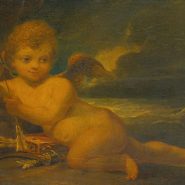
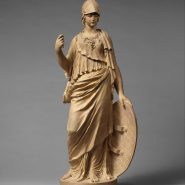
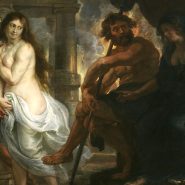
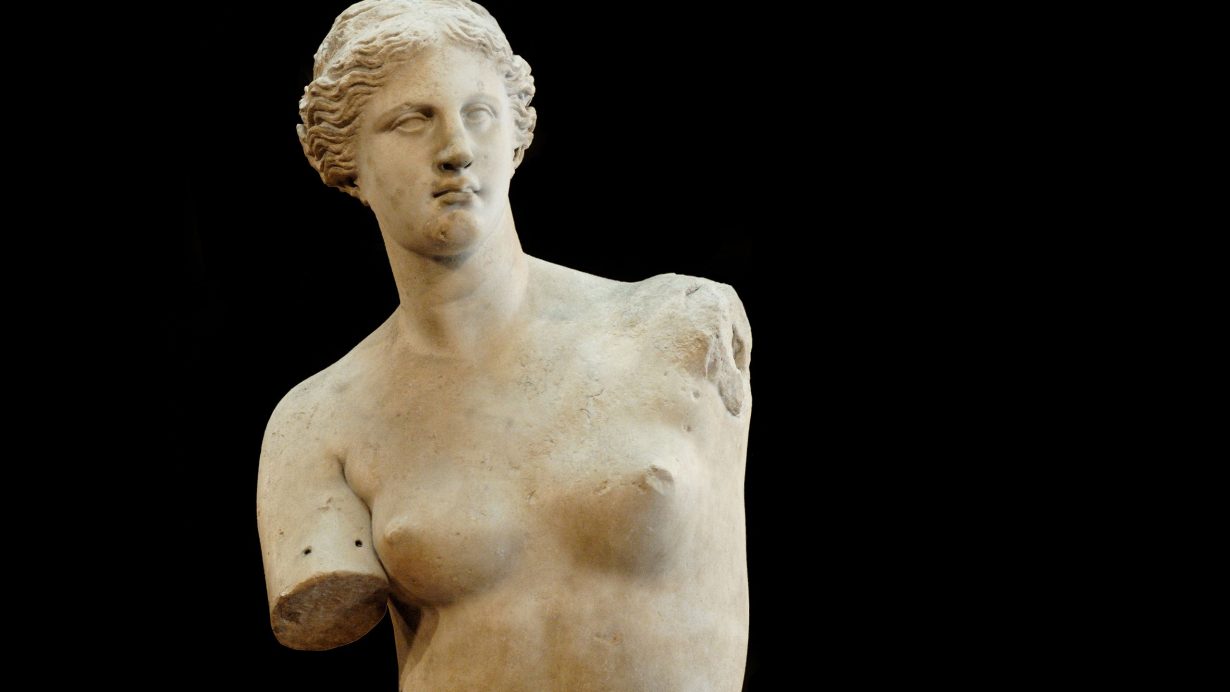
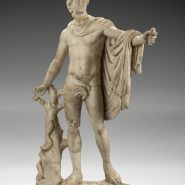
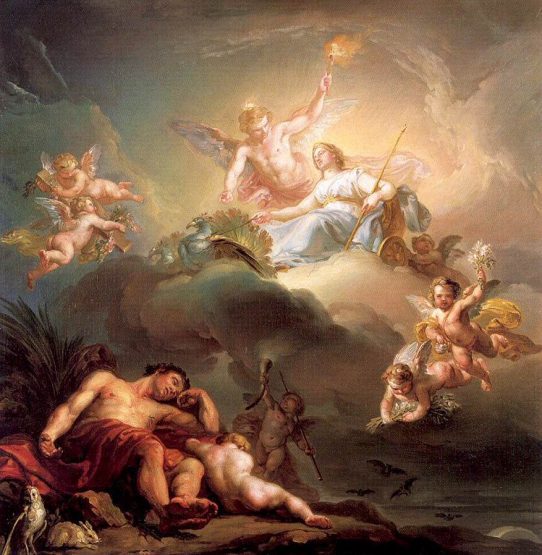
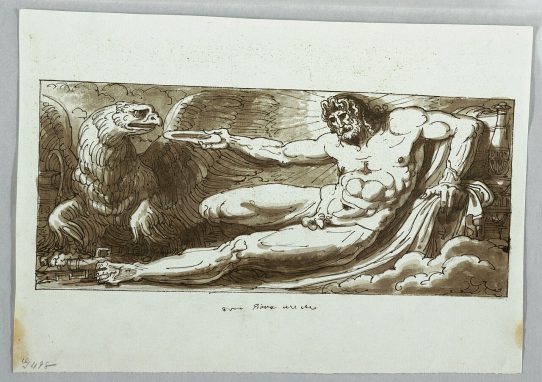
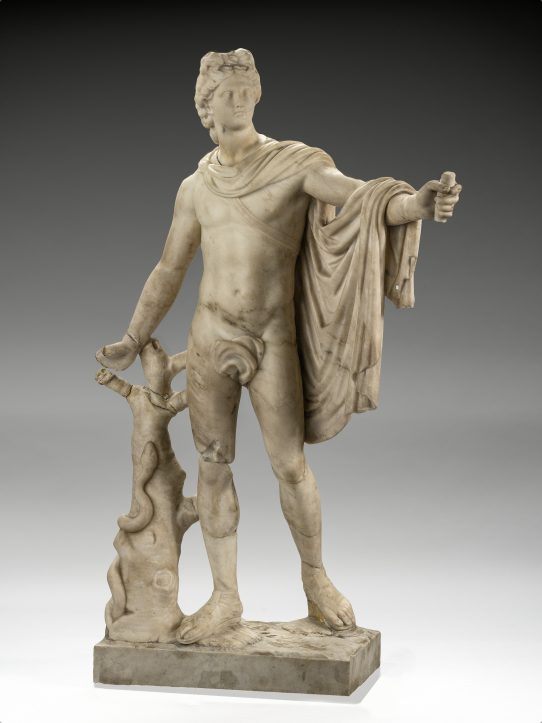
She’s my favorite Roman goddess of all time.